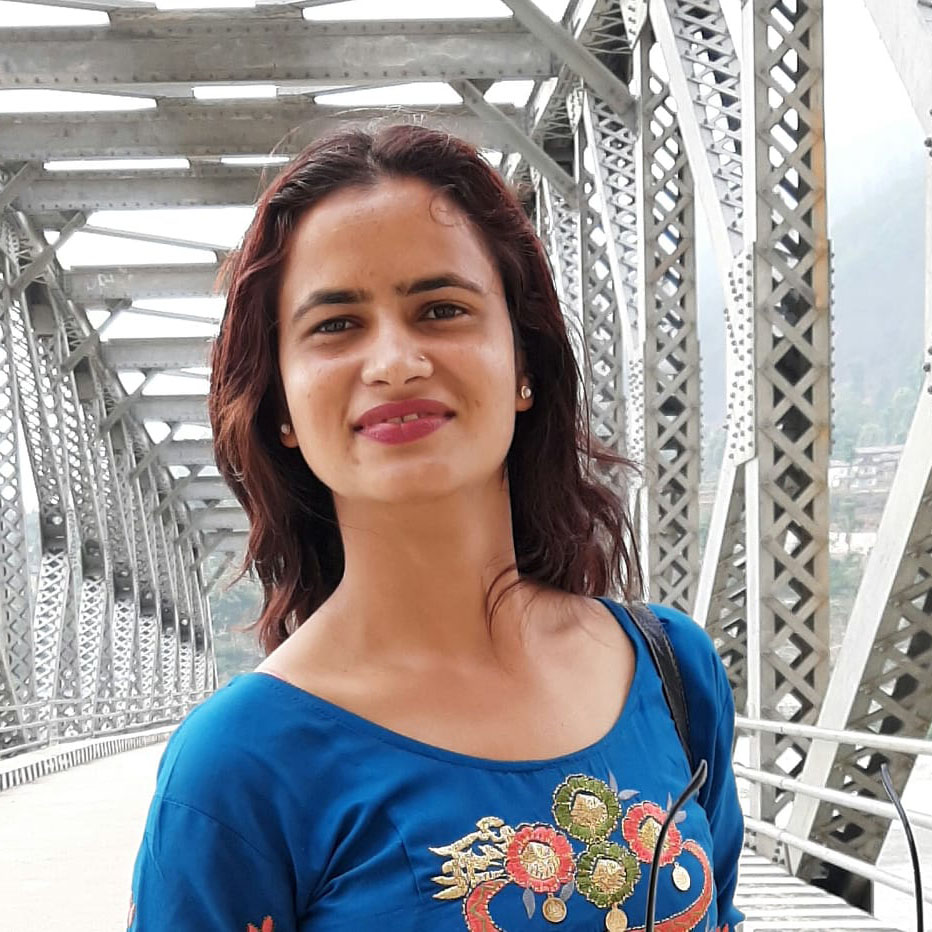Sudurpaschim Province
Dashain homecomings bring Achham villages to life
After months of working in India, youths return home for the festival.
Menuka Dhungana
In Achham, Dashain does not begin with rituals alone. It begins with a quiet anticipation that hums through village courtyards and resting spots, where people gather and ask the same question: Will your loved ones return from India for the festival?
India has long been the primary destination for youths in Achham seeking work. From New Delhi, Mumbai, Lucknow, Dehradun, and Chandigarh to Shimla, Darjeeling, and Siliguri, they fill roles in construction sites, hotels, restaurants, shops, apartments, and corporate offices.
Some spend long hours in security uniforms, while others toil in the fields of Himachal Pradesh, Haryana, and Punjab, producing rice, wheat, and vegetables.
The work is gruelling—low pay, long hours under the sun, and little job security—but the earnings sustain families back home. Their return during Dashain brings villages back to life.
Shimla and Manali host the largest groups of youths from Achham in hotels and restaurants, while many work in construction and security roles in Delhi and Haryana.
Punjab draws seasonal farm workers, and cities like Mumbai and Bangalore increasingly attract them to the service sector and petty trade.
For 26-year-old Yuvaraj Bista of ward 3 in Kamalbazar Municipality, the homecoming makes all hardship worthwhile. “I forget the year’s struggles when I step inside my home for Dashain,” said Bista, who works at a hotel in Shimla.
Dashain is one festival they never skip. With local agriculture unable to fully support households, at least one family member typically goes to India for work.
Bharat Nepali, 40, of ward 7 in Dhakari Rural Municipality, returned this year after seven years away. “Earlier, I could not manage the money to come home. This year, my earnings finally allowed me to celebrate Dashain with my family,” he said. A construction worker, he plans to stay 15 days. More than 60 men from his village have returned alongside him.
For most of the year, villages are populated mainly by women, children, and the elderly. “Dashain doesn’t feel complete without our children,” said 60-year-old Dhanakala Nepali of Dhakari.
The scale of migration is vast. Though no official data exist, workers in India are believed to number in the hundreds of thousands. As they return, markets from Mangalsen and Sanfebagar to Bayalpata, Kamalbazar, Panchdewal, and Mujabagar are filled with shoppers and travellers.




 5.44°C Kathmandu
5.44°C Kathmandu












